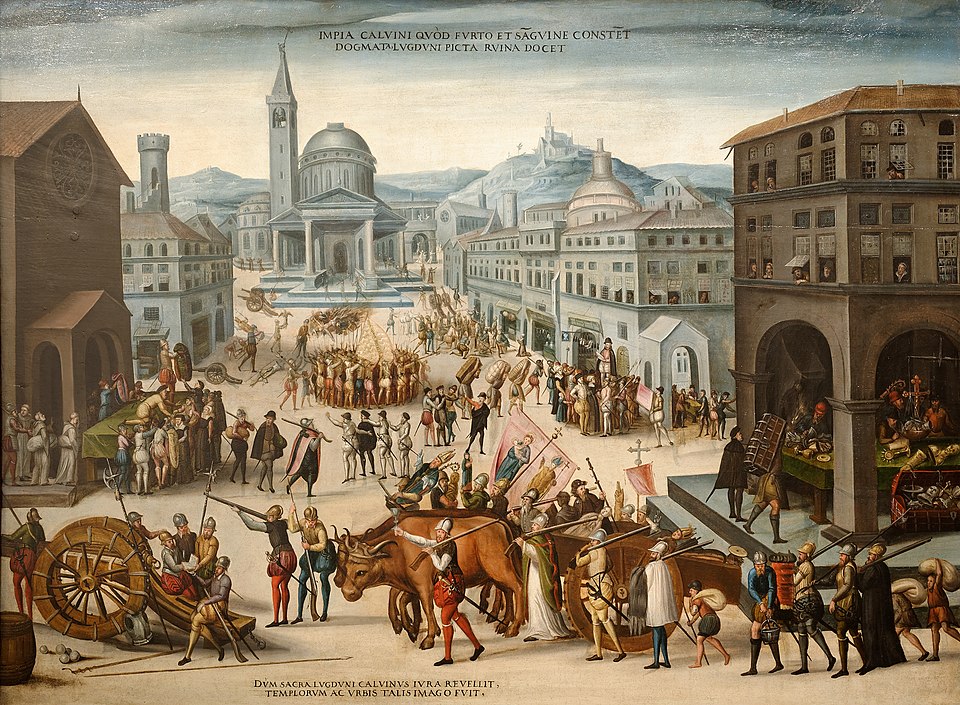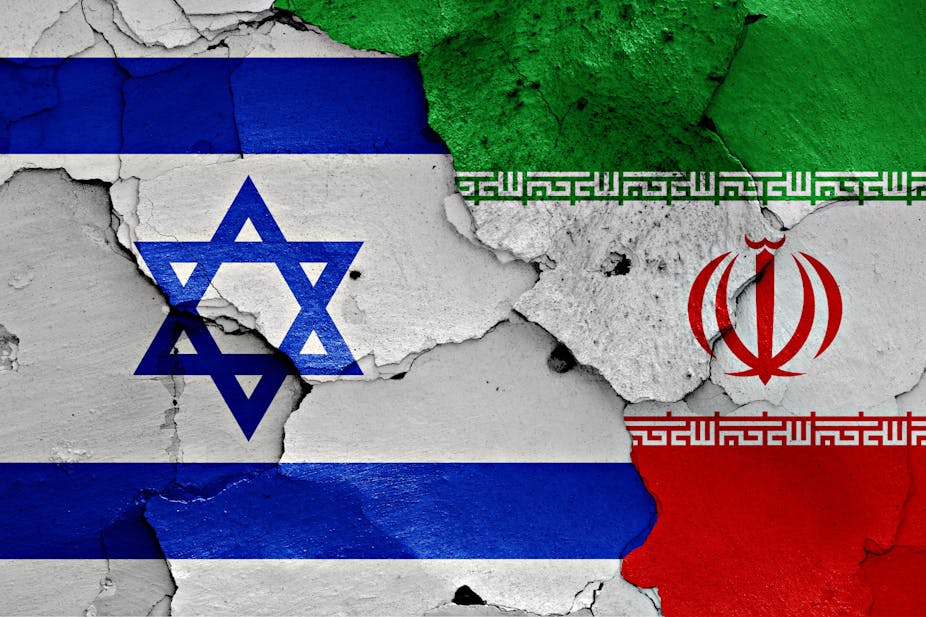12 Significant Religions and Their Religious Texts

Did you know that the high rates of mass production and distribution of religious texts did not begin until the invention of the printing press in 1440?
Religious texts are those sacred and central to the teachings of almost every given religion. They are significant as these texts convey spiritual truth, establish a connection with the divine, foster communal identity, and provide the promotion of mystical experiences and spiritual practices.
Here are the 12 most significant religious texts of major religions in the world: The Seven Valleys And The Four Valleys, The Tipitaka, The Bible, The Vedas And The Upanishads, The Quran And The Hadiths, The Agamas, The Tanakh And The Talmud, The Kojiki, The Guru Granth Sahib, The Dao De Jing, The Book Of Shadows, and The Avesta.
1] BAHÁ'I – The Seven Valleys And The Four Valleys
The Bahá'í Faith emphasizes the spiritual unity of all humankind through its three core principles which establish all of its teachings. The three core principles all stand in accordance to the unity of humanity. The faith was founded in the 19th Century by Bahaullah in Persia. The Seven Valleys And The Four Valleys are two distinct texts of the Bahá’i faith written that were by Baha’u’llah, the founder of the Bahá’i faith. The Seven Valleys, written in the year 1860 in Baghdad, explains the journey of the soul through seven stages of life that focus on finding the right path. The Four Valleys, written in the year 1857 in Baghdad, states qualities of the mystical wayfarers as the observance of laws of religion, journey to God by using logic and reason, with love of God and journey through reason, obedience and inspiration.
2] BUDDHISM – The Tipitaka
Buddhism is considered the 4th largest religion in the world that originated in Ancient India between the sixth and fourth centuries BCE. The religion is based on a series of teachings by Gautama Buddha. From India, Buddhism spread to major parts of Asia and the rest of the world. Currently, there are three major groups of Buddhism: the Mahayana Buddhism, the Theravada Buddhism, and the Tibetan Buddhism. There are also many subsects of Buddhism like Nichiren Buddhism, Zen Buddhism, and Tendai Buddhism. The Tipitaka was written around 1st century BCE, and is authoritative mainly in the Theravada Buddhism. Their focus is on the dress code, certain dietary rules to be followed, and the teachings of the Buddha.
3] CHRISTIANITY – The Bible
Christianity is a religion that is based on the teachings and life of Jesus of Nazareth. In Christianity, Jesus goes by many names such as Christ and Messiah. Jesus, who is the Son of God, is believed to be the deliverer of humanity in the world’s most popular religion. The Bible is considered a divine inspiration that records the relationship between God and humankind. The sacred text dates back to 4th Century from when copies have been preserved in the Vatican Library, and includes the holy writing related to Jesus. It is regarded by Christians as the inerrant word of the God.
4] HINDUISM – The Vedas And The Upanishads
As one of the world's oldest religions, Hinduism established traditions associated with worship to divine trinity of Brahma, Vishnu, and Shiva, as the Creator, the Preserver, and the Transformer of the Universe. The Vedas in their written form were compiled around 4,000 to 6,000 years ago. It includes the original texts known as Mantra and the commentary portion as Brahmana. It includes four Vedas with teachings, like the procedures of wedding in the Rig Veda, sacrificial rites in the Yajur Veda, chanting of songs of praise in the Sam Veda, and philosophical and political issues are a part of the Atharva Veda. The Upanishads, also known as Vedanta, are considered as ends of Vedas, and are spiritual contemplation of the same.
5] ISLAM – The Quran And The Hadiths
The Islam religion has over 2 billion followers in the world. The religion itself if nearly 1,300 years old. Practicing Muslims believe that Islam began in 610 CE when the last prophet, Muhammad, began receiving revelations from God. Followers of the faith recorded these revelations in the Qur’an. As with all other world religions, Islam is represented by several major branches: Sunni, Shi’a, Ibadi, Ahmadiyya, and Sufism. The Quran in Islam is regarded as the word of God that is revealed to Muhammad, and the Hadiths contains the saying of the Muhammad and his followers, as this is a kind of narrative. These are authoritative texts in Islam.
6] JAINISM – The Agamas
Jainism is an ancient Indian religion that preaches complete non-violence, peace, and kindness towards all creatures of nature. The followers of the religion take five main vows including non-violence, not lying, not stealing, chastity, and non-attachment. The word Jain is borrowed from Sanskrit word jina which means conqueror, a person who has conquered all the passions within and around him. People who follow and practice jinas are referred to as Jain. The key focus for Jainism is self-discipline. The Agamas are based on the tirthankara, which is itself related to the body of doctrines that come through authoritative teachers. These are fixed truths and a tradition without any discernible origin.
7] JUDAISM – The Tanakh And The Talmud
Judaism is one of the oldest monotheistic religions and has been practiced for thousands of years in the Middle Eastern "Holy Land" and beyond. It is one of the main Abrahamic religions in the world today. Since its inception in Canaan, in modern-day Israel and Palestine, Judaism has grown by global scales to boast nearly 16 million followers today. The Tanakh is a collection of Jewish texts, and some of its source material serves as the basis for the Christian Bible's Old Testament. Many of the same divine teachings from the Bible are recorded in it. In the Talmud, rabbinic teachings are described which tell about the meaning of work and the prohibition of different types of work.
8] SHINTOISM – The Kojiki
Shinto, an ancient Japanese religion, is still practiced today and has been considered the formal state religion of Japan. Rooted in prehistoric animism, the religion has no founder, official sacred texts or formalized doctrine. Shinto consists of ritual practices in public shrines devoted to many different gods, public rituals such as war memorials and harvest festivals, and ancestor worship. The Kojiki, first translated into English in the year 1882 and first written in Japanese, is a record in the Shinto religion which explains the customs, ceremonies, and magical practices followed in Japan by Shintos.
9] SIKHISM – The Guru Granth Sahib
Also referred to as Sikhi, Sikhism is a monotheistic religion that was founded in the latter half of the 15th century CE by the Sikh Gurus in the greater Punjab region of the Indian subcontinent. At present, Sikhism has more than 25 million followers all over the world and is considered as the 5th largest organized religion in the world as well as the youngest. The Guru Granth Sahib sacred text, first compiled between the years 1563 and 1606 by Guru Arjan, the fifth Sikh Guru, also includes the teachings of 13 Hindu Bhakti movements’ saints, and two from Islam.
10] TAOISM – The Dao De Jing
Taoism, also called Daoism, is an ancient system of philosophical and religious beliefs practiced mostly in the Far East. The beliefs associated with Taoism date back to the 16th century BCE, though it is generally accepted that the formal tradition of what is now regarded as both a religion and a philosophy called Taoism emerged in the 5th century BCE. The founding of Taoism is largely attributed to the teachings of Lao Tzu, whose work was followed up by other notable philosophers and scholars. The Dao De Jing is a Chinese philosophical text, authored by Laozi in the 6th Century B.C.E. The Dao De Jing denotes many of the most important philosophical teachings of the religion in 81 chapters.
11] WICCA – The Book Of Shadows
Wicca emerged as a modern Pagan religious movement in the 1st half of the 20th century in England. Gerald Gardner is credited with introducing it to the general public in 1954. The movement is based on various ancient pagan rites and 20th-century hermetic motifs. The religion is decentralized, and its beliefs and practices were initially penned in the 1940s and 1950s by both Gardner and Doreen Valiente. The text includes magical rituals found in the Neopagan religion known as Wicca. The Wicca movement proliferated in early 20th Century England, and has now spread across large parts of the English-speaking world.
12] ZOROASTRIANISM – The Avesta
Zoroastrianism is a monotheistic religion similar to Judaism, Christianity, and Islam. It holds similar principles, including belief in one god and the struggle between good and evil. In fact, it is argued that Zoroastrianism may have influenced these three religions. The Zoroastrian Avesta includes the law, teachings, and liturgy from the prophet Zarathushtra, and includes hymns, prayers, and minor texts.
Source: World Atlas
#penglobalhistory



